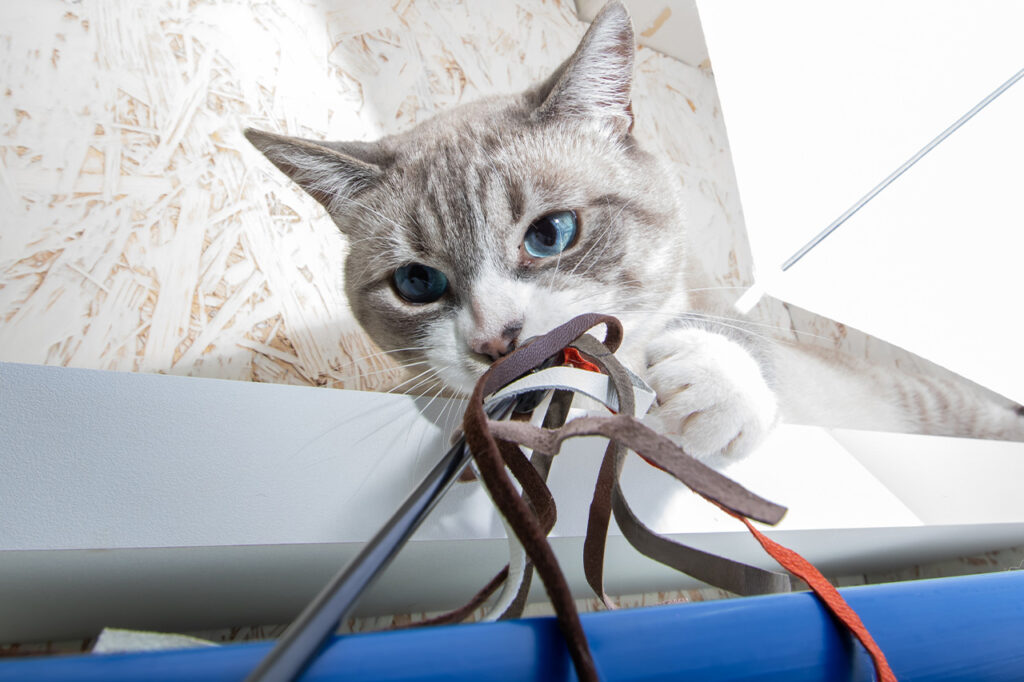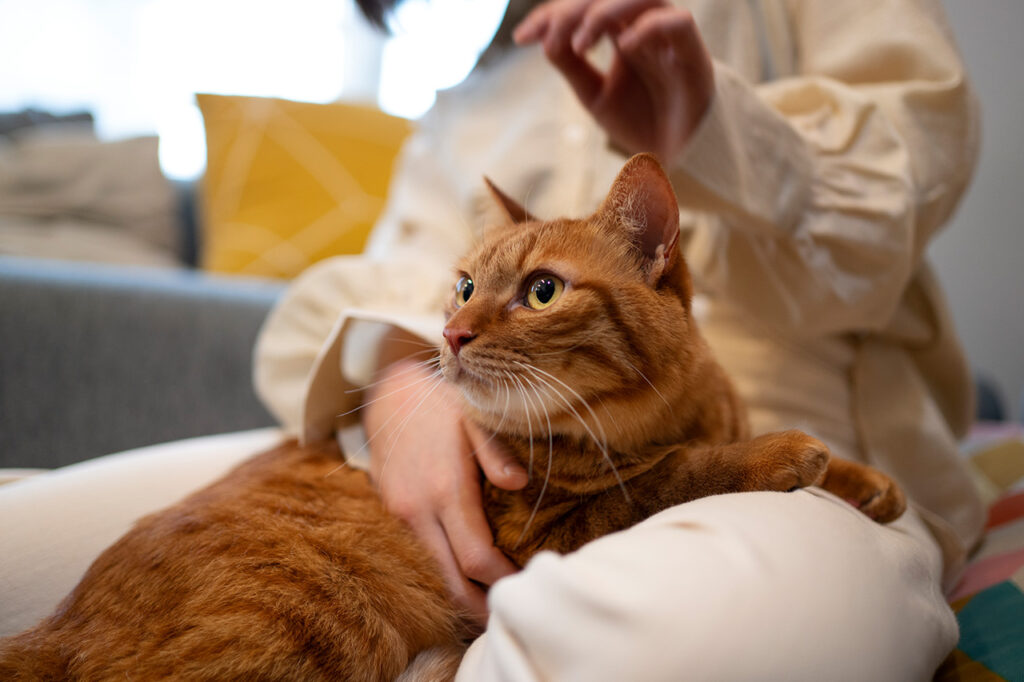Cats are fascinating creatures, each with their own unique personalities. However, certain behaviors can be perplexing or challenging for cat owners. By delving into the reasons behind these actions and implementing effective strategies, you can nurture a harmonious relationship with your feline friend. This guide explores prevalent cat behavior problems and offers actionable solutions to address them. 🏠
The Psychology Behind Feline Behavior
Cats experience a spectrum of emotions, including joy, fear, anxiety, and frustration, all of which can influence their behavior. Recognizing these emotions is the first step toward understanding and managing any issues that arise.
Excessive Meowing: Decoding the Chatter
Why Do Cats Meow Excessively?
- Breed Characteristics: Certain breeds, such as Siamese cats, are inherently more vocal and may express themselves loudly, especially during nighttime.
- Medical Concerns: Sudden increases in vocalization can signal underlying health problems. Cats may cry out due to discomfort or pain, particularly during elimination.
- Attention Seeking or Boredom: Cats may meow more when they seek interaction or are not sufficiently stimulated.
Addressing Excessive Meowing
- Interactive Play: Engage your cat in stimulating activities, especially before bedtime, to reduce nighttime vocalizations.
- Health Check-Up: If the behavior is new or accompanied by other symptoms, consult a veterinarian to rule out medical issues.
- Environmental Enrichment: Provide toys, climbing structures, and regular interaction to keep your cat mentally and physically satisfied.

Destructive Scratching: Protecting Your Furniture
Understanding Scratching Behavior
- Territorial Marking: Scratching serves as a way for cats to mark their territory, both visually and through scent glands in their paws.
- Claw Maintenance: It’s a natural behavior for cats to keep their claws sharp and healthy.
Managing Scratching
- Provide Scratching Posts: Place sturdy scratching posts or pads in areas your cat frequents to offer appropriate outlets for this behavior.
- Positive Reinforcement: Reward your cat with treats or affection when they use the designated scratching areas.
- Deterrents: Use safe deterrents, such as double-sided tape on furniture, to discourage inappropriate scratching.
Inappropriate Chewing: Keeping Your Belongings Safe
Causes of Chewing
- Teething in Kittens: Young cats may chew to alleviate discomfort from emerging teeth.
- Boredom or Stress: Lack of stimulation or anxiety can lead cats to chew on household items.
Solutions for Chewing
- Safe Chew Toys: Provide appropriate toys designed for chewing to divert attention from household items.
- Environmental Enrichment: Ensure your cat has access to interactive toys and activities to keep them mentally stimulated.
- Deterrents: Apply pet-safe deterrent sprays to items you want to protect from being chewed.

Litter Box Problems: Ensuring Proper Elimination
Common Causes
- Dirty Litter Box: Cats are meticulous creatures and may avoid a soiled litter box.
- Stress or Anxiety: Changes in the household, such as new pets or moving, can lead to litter box aversion.
- Medical Issues: Conditions like urinary tract infections can cause discomfort, leading cats to associate the litter box with pain.
Solutions
- Maintain Cleanliness: Scoop the litter box daily and change the litter regularly to keep it clean and inviting.
- Provide Multiple Boxes: In multi-cat households, ensure there’s one litter box per cat plus an extra to prevent territorial disputes.
- Consult a Veterinarian: If medical issues are suspected, seek professional advice promptly to address any health concerns.
Aggression: Fostering a Peaceful Environment
Types of Aggression
- Territorial Aggression: Cats may become aggressive when they feel their territory is threatened by other animals or humans.
- Fear-Induced Aggression: A cat may lash out when frightened or cornered, perceiving no escape route.
Managing Aggression
- Safe Spaces: Provide hiding spots or high perches where your cat can retreat and feel secure, reducing stress.
- Gradual Introductions: When introducing new pets or people, do so slowly to allow your cat to adjust without feeling threatened.
- Behavioral Consultation: Seek advice from a veterinarian or animal behaviorist for persistent aggression issues.

Excessive Grooming: Identifying Underlying Issues
Causes of Over-Grooming
- Stress or Anxiety: Cats may excessively groom themselves as a coping mechanism for stress, leading to hair loss or skin irritation.
- Skin Conditions: Allergies or parasites can lead to increased licking and grooming.
Addressing Over-Grooming
- Environmental Enrichment: Reduce stressors in your cat’s environment and provide mental stimulation to distract from over-grooming.
- Veterinary Consultation: Rule out medical causes for the behavior and discuss potential treatments with a professional.
Conclusion
Understanding the underlying reasons for your cat’s behavior is essential in addressing and correcting issues. By providing a stimulating environment, ensuring regular health check-ups, and offering patience and understanding, you can foster a loving and harmonious relationship with your feline companion.
Enjoyed this post? Visit timmypets.com for more pet care tips, stories, and expert advice. Follow us on social media to stay connected and never miss an update!


